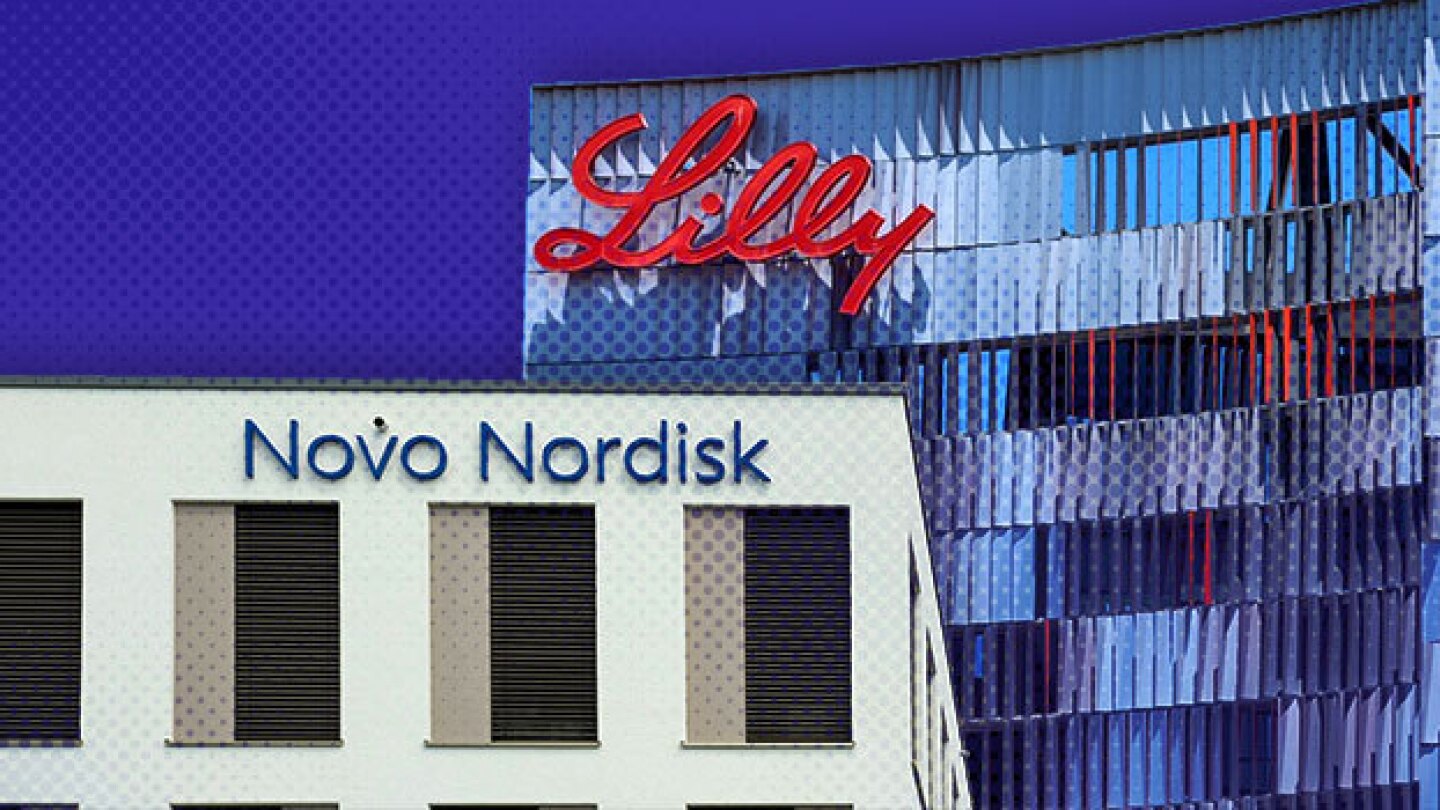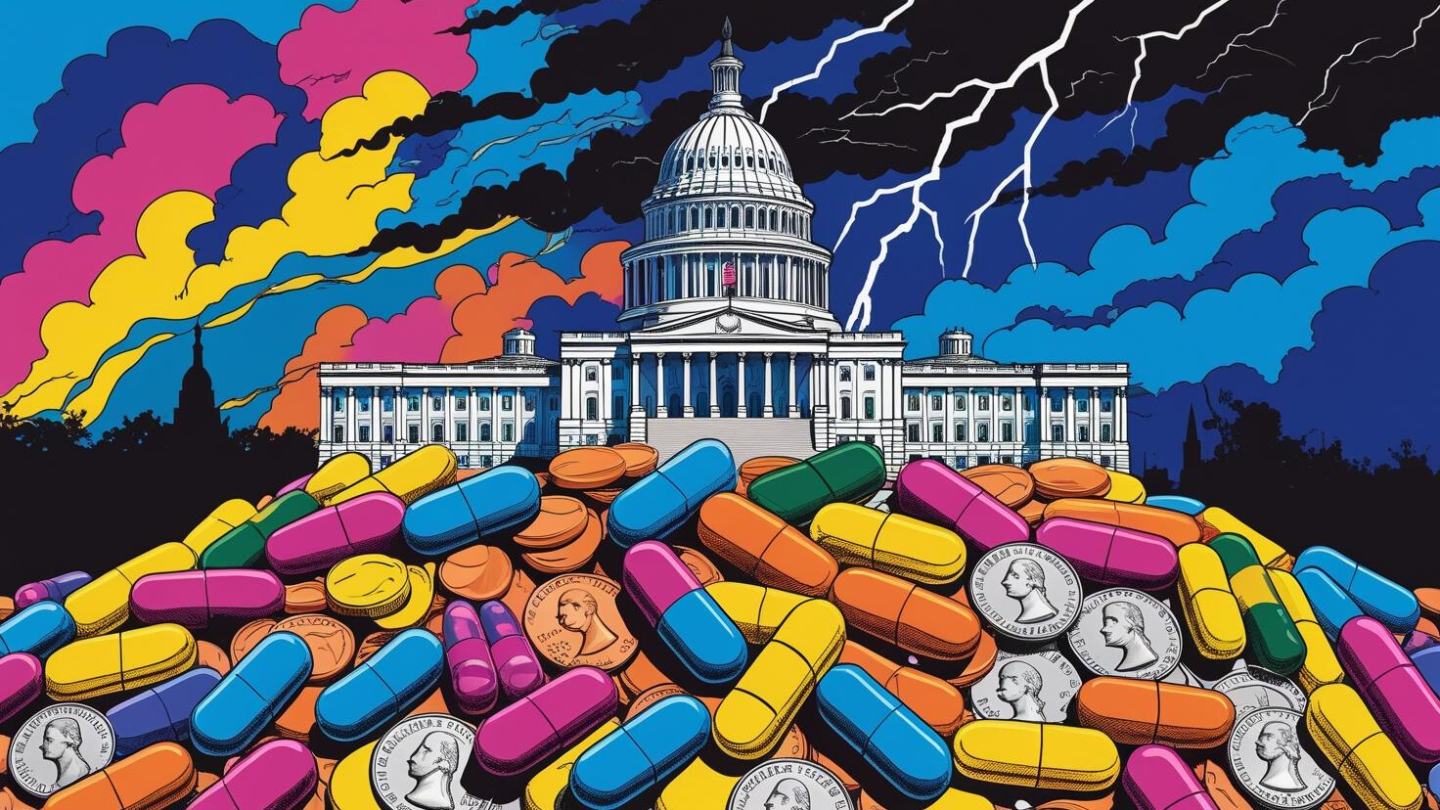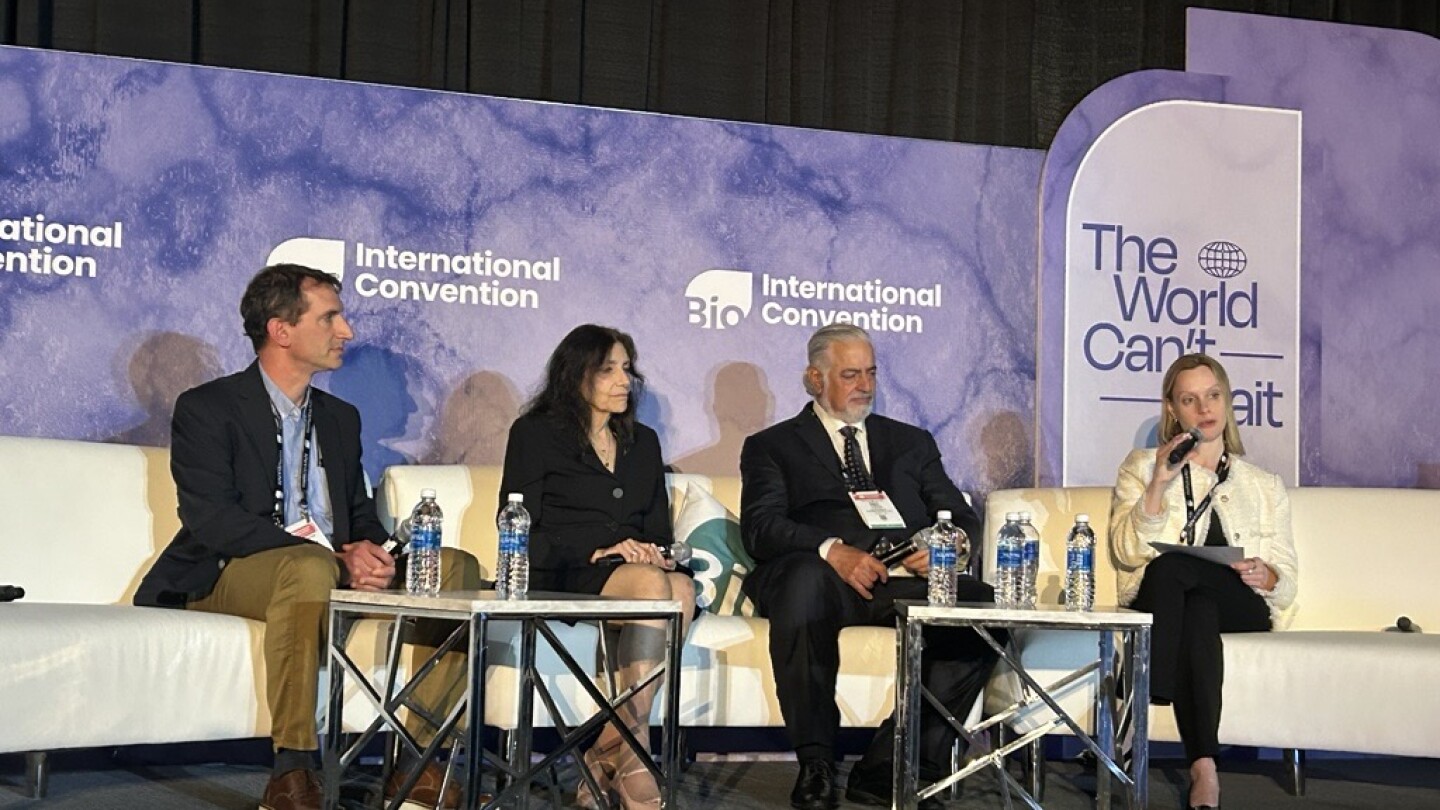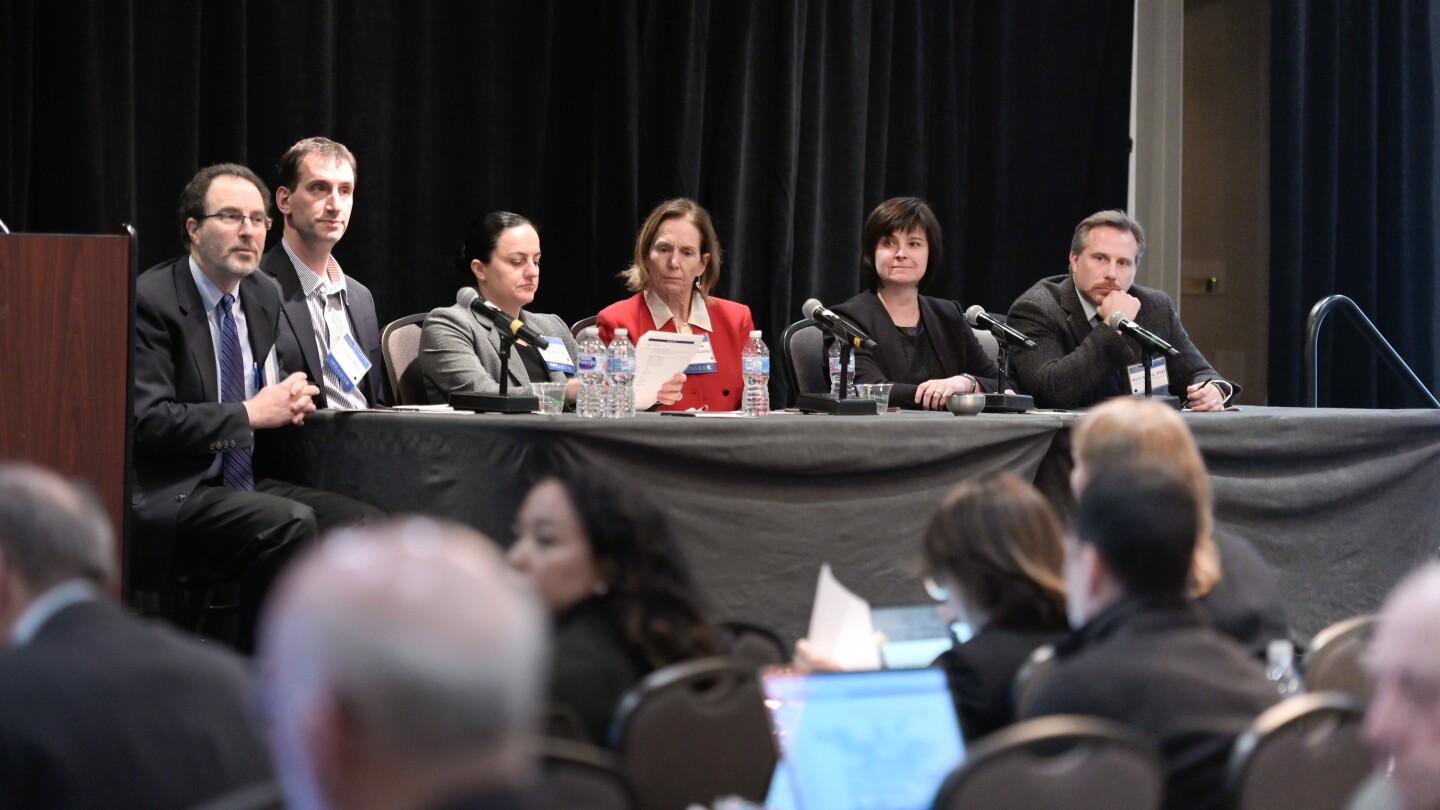News
Some of the most high-profile acquisitions in recent years have involved women-fronted biotechs. BioSpace reviews five of the most notable here.
FEATURED STORIES
Beam Therapeutics and Verve Therapeutics have each built their lead candidates on a technique billed as a safer alternative to conventional CRISPR. Clinical results have so far been promising.
On the FDA’s docket this month are two expansion bids, one for GSK’s asthma drug Nucala into COPD and another for Merck’s oral cancer drug for a pair of rare tumors.
As the Trump administration—including HHS Secretary Robert F. Kennedy Jr.—plays fast and loose with scientific studies and facts, there may be a more sinister force at play: censorship.
Job Trends
Andelyn Biosciences, Inc. has been selected to manufacture adeno-associated vectors therapies using its suspension AAV Curator™ Platform under the California Institute for Regenerative Medicine Accelerating Medicines Partnership Bespoke Gene Therapy Consortium.
FROM OUR EDITORS
Read our takes on the biggest stories happening in the industry.
The HHS secretary recently canceled $500 million worth of BARDA contracts around mRNA vaccine research. But the U.S. government has already spent billions on this work, which has saved millions of lives.
THE LATEST
In addition to cutting most of its staff, including two C-suite executives, Leap Therapeutics is winding down research and development activities and considering a sale or partnership opportunities.
Isaralgagene civaparvovec is a “potential best-in-class gene therapy for Fabry disease,” according to analysts at H.C. Wainwright. Sangamo plans to use pivotal Phase I/II data to build an accelerated approval case for the asset.
In May, Revolution Medicines projected its cash and equivalents of $2.1 billion would last into the second half of 2027. With new funding from Royalty Pharma, the biotech has withdrawn that runway end date.
The star of Monday’s deal is gusacitinib, a small-molecule drug that Formation is developing for chronic hand eczema. Sanofi will explore additional indications for gusacitinib in a Phase I study.
Eli Lilly’s bimagrumab led to weight loss that was due almost entirely to fat reduction when combined with semaglutide, marketed by rival Novo Nordisk as Wegovy. BMO Capital Markets called the data “impressive” while raising concerns about the antibody’s safety profile.
Drug pricing, budget cuts, tariffs and other shifts under the Trump administration undermine the biopharma and healthcare ecosystem.
Speaking at BIO2025, rare disease leaders from Ultragenyx, Amylyx and Yale questioned the need for the new regulatory pathway proposed by FDA Commissioner Marty Makary. They acknowledged, however, that creative thinking is required to enable more treatments for patients with ultrarare diseases.
Jacqueline Corrigan-Curay, who stepped into the role as the agency’s top drug regulator in January, is departing in July, according to an email sent to agency staff.
While Eli Lilly brushed off concerns about gastrointestinal side effects for oral weight loss candidate orforglipron, analysts from William Blair worried that adverse events are not tapering off as expected.
In combination with Roche’s PD-L1 blocker Tecentriq, zanzalintinib bested Bayer’s Stivarga. Exelixis is positioning the drug candidate as a successor to cabozantinib, which is set to lose patent exclusivity in 2030.

















